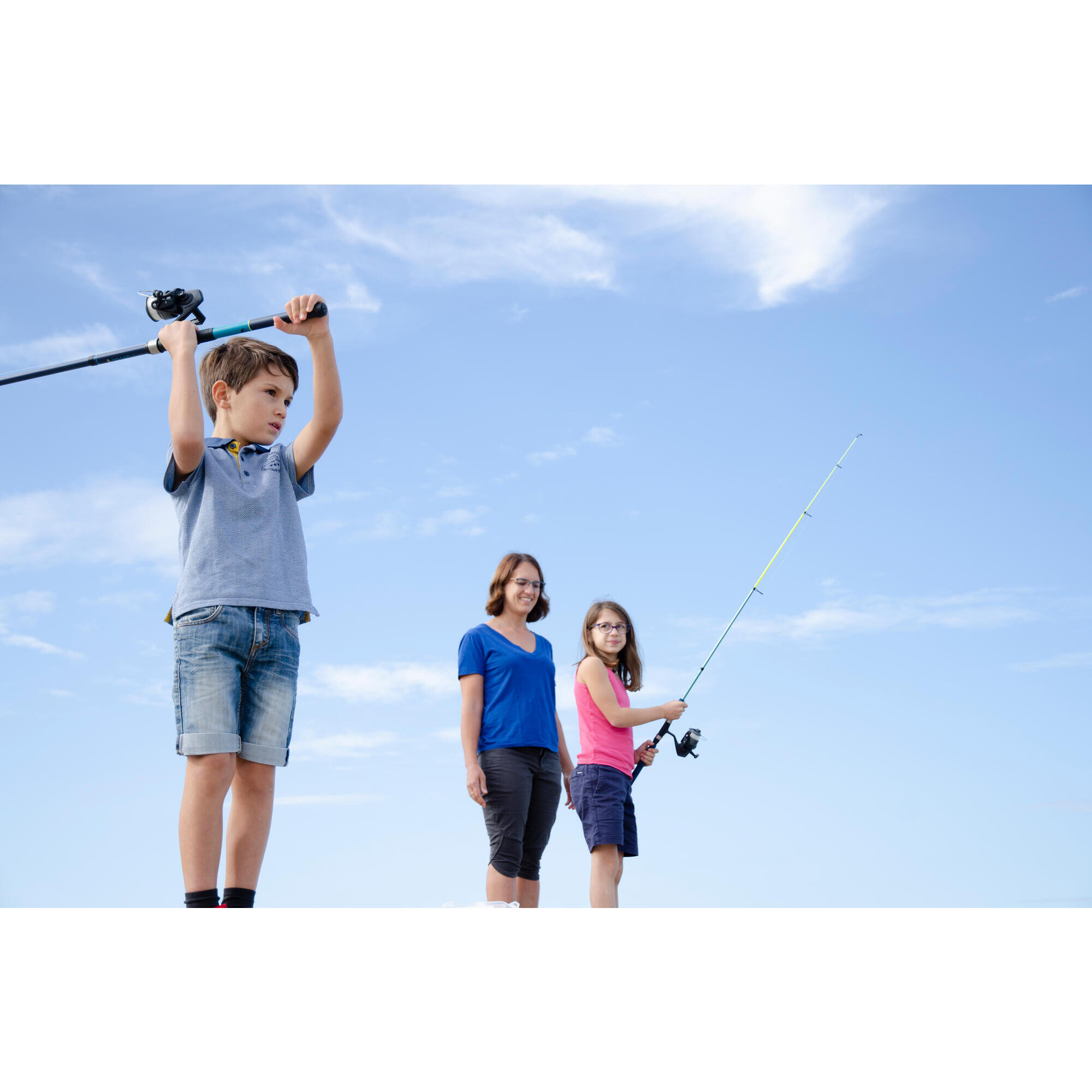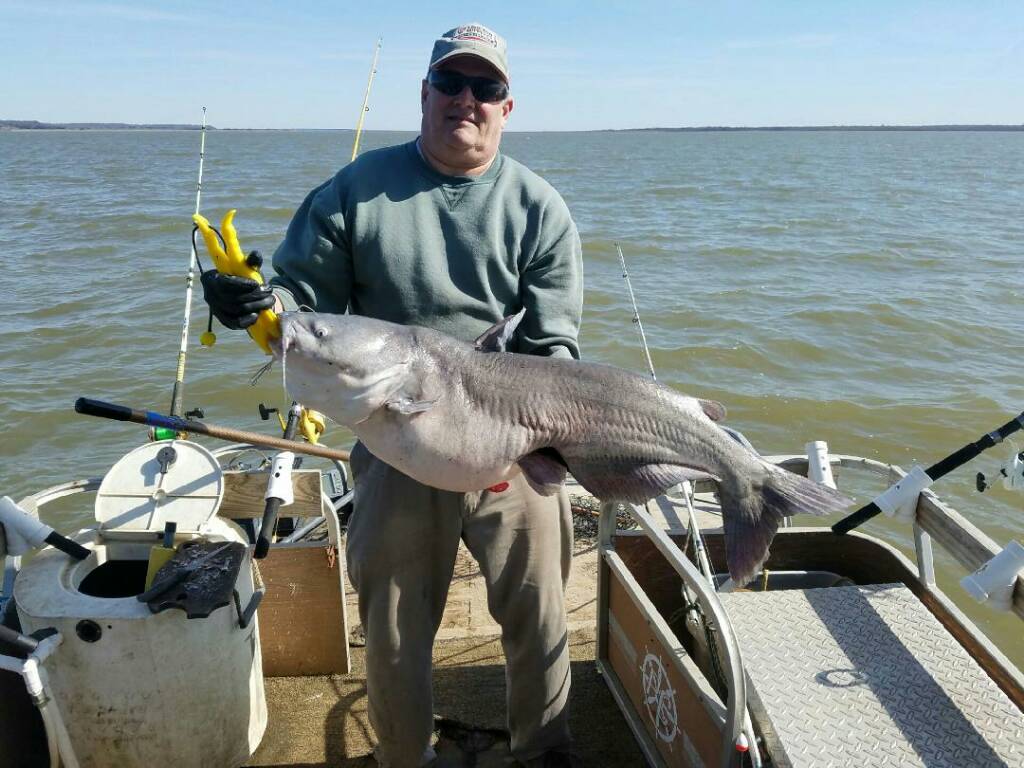

Families often moved between fish camps for many reasons-environmental, social, and otherwise. During the fishing season, camps were historically located approximately one to two miles apart from each other. Historically, there were many salmon fishing camps distributed broadly throughout the landscape, each situated to take maximum advantage of the two-cycle salmon fishery in the Lake Clark Basin and its subbasins within the study area. You choose it where the slime will wash away by moving water.’” As the salmon return to these camps each year, so too do entire inland Dena’ina communities. …You never see a fish camp where there is too much eddy. Or where they think it is easier to set the net. Thus, Bill and Martha Trefon explain that “‘hey pick where the current is or eddies where all the slime could wash away. Also, the river was and is predictable in its characteristics-with harvesters wishing to avoid places with too much or too little current. Such camps were created at places where salmon were known to be predictable, in places where families had both easy physical access and rights to fish in the particular location. Over the centuries, the locations of fish camps have been established based on intimate knowledge of fish behavior and migration. Most fundamentally, Fish Camp is the venue for harvesting much of the salmon eaten by the inland Dena’ina community.

Situated at the outlet of Sixmile Lake where it enters Newhalen River (Nughil Vetnu), “Fish Camp” is not only a place, but as the name implies, an event, a practice, a temporary community, a way of life. Summer salmon processing at fish camps, and especially Nondalton Fish Camp (Nundaltin Q’estsiq’), is arguably the most important and enduring traditional subsistence practice found in the inland Dena’ina world. Today, salmon are especially harvested using gillnets and beach seine nets. King salmon were taken with a harpoon-like spear constructed with a head attached to a line and shaft-a tool referred to in Dena’ina as dineh.” Interviewees for the current study note that salmon were not only traditionally speared, but were caught using bow and arrow by some. Balluta write, “Historically, both set and dip nets were made of spruce roots and sinew. Historically, Dena’ina fishers employed veł niqak´idezehi, (seines) and tuqesi (spears) to harvest gh’elica (red fish), and taz´in (fishtraps) to capture a variety of fish species including salmon and species like whitefish, trout, grayling, and pike. The methods by which salmon are caught have varied through time.

Village residents, as well as those who have moved away, reconvene in the summer and sometimes the fall, not only to harvest and preserve salmon in quantities sufficient to sustain each family, but also to fulfill personal emotional, cultural, and social quotas. For inland Dena’ina families, the arrival of the salmon is a time not only for harvesting a large part of the year’s foodstuffs, but for celebration, sharing, and reunion with family and friends. People and animals alike converge to witness and take part in one of the largest wild salmon migrations on the planet. Learn more about Director Susewind's leadership team.When the salmon return to spawn in the Lake Clark Basin in late summer and fall, all of life changes. Susewind served in numerous roles during his time at Ecology, including as manager of the Water Quality Program and, most recently, as director of administrative services and environmental policy. After spending several years working in the private sector in Alaska and Seattle, Susewind joined the Department of Ecology in 1990. Susewind grew up in Aberdeen, and graduated from Grays Harbor College with an associate's degree in engineering before receiving his bachelor's degree in geological engineering from Washington State University. Kelly Susewind joined the Washington Department of Fish and Wildlife (WDFW) as director in August 2018, after spending 28 years at the Washington Department of Ecology.Ī lifelong outdoorsman and longtime resident of Washington, Susewind oversees 1,800 employees throughout the state, tasked with fulfilling WDFW's mission of conserving fish and wildlife and providing sustainable recreational and commercial opportunities.


 0 kommentar(er)
0 kommentar(er)
